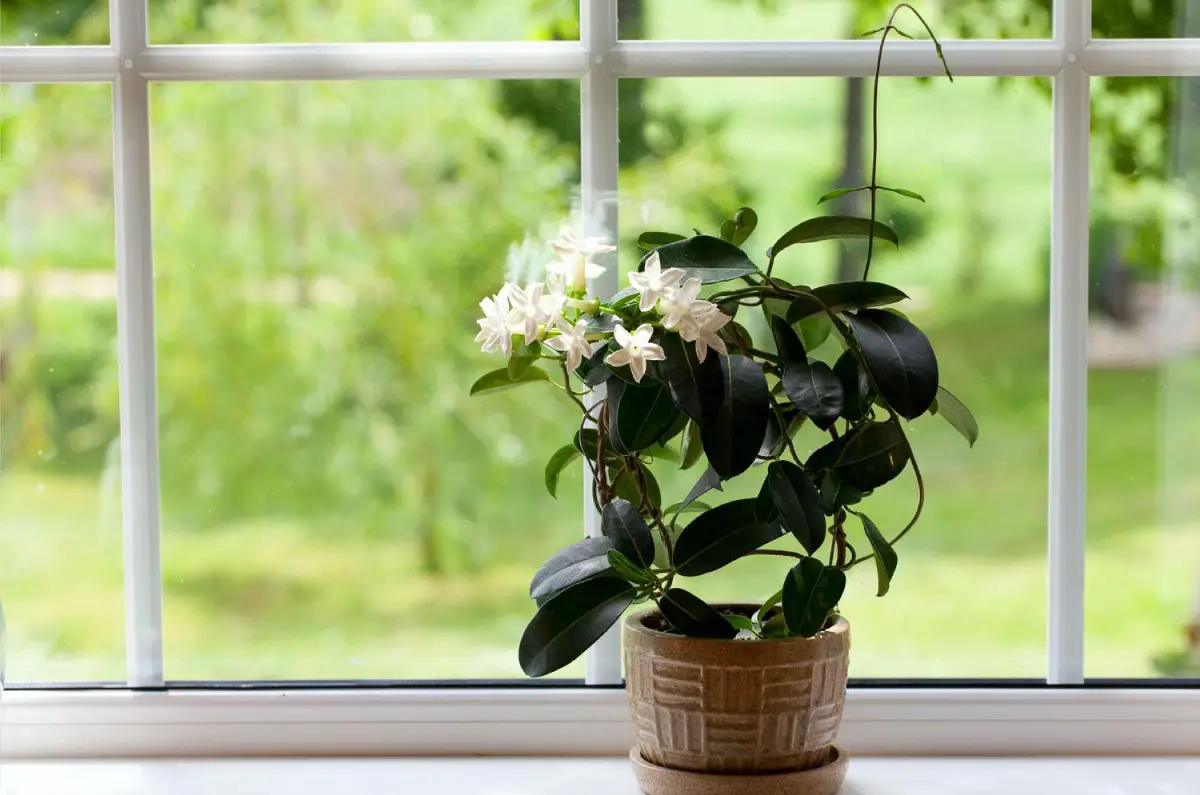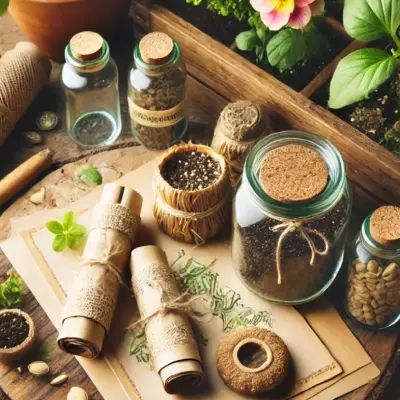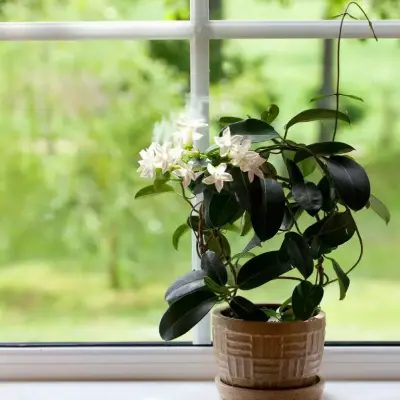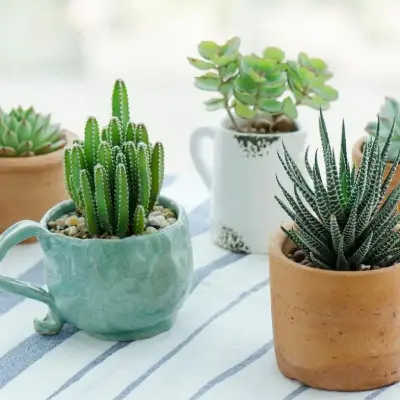- chennaigreengifts@gmail.com
- Monday - Friday, 09 am - 06 pm
- WhatsApp : +91 63800 07611
How to Plant, Grow, and Care for Jasmine Flowers: The Complete Guide

Jasmine flowers are renowned for their enchanting fragrance and delicate blooms, making them a popular choice for gardens and indoor spaces alike. Whether you’re a seasoned gardener or a novice, this guide will help you successfully plant, grow, and care for jasmine flowers.
Types of Jasmine
Before planting, it’s essential to choose the right type of jasmine for your needs. Common varieties include:
- Common Jasmine (Jasminum officinale): A deciduous climber with white, fragrant flowers.
- Arabian Jasmine (Jasminum sambac): A tropical variety often used in perfumes and teas.
- Star Jasmine (Trachelospermum jasminoides): An evergreen vine with small, star-shaped blooms.
- Winter Jasmine (Jasminum nudiflorum): Known for its bright yellow flowers that bloom in winter.
Planting Jasmine
Choose the Right Location:
- Jasmine thrives in well-drained soil and requires plenty of sunlight. However, some varieties like partial shade.
- Ensure the location is sheltered from strong winds.
Prepare the Soil:
- Jasmine prefers slightly acidic to neutral soil (pH 6.0-7.0).
- Enrich the soil with organic matter like compost or well-rotted manure.
Planting Steps:
- Dig a hole twice as wide and as deep as the root ball.
- Place the plant in the hole, ensuring the top of the root ball is level with the soil surface.
- Fill the hole with soil, firming it gently around the roots.
- Water thoroughly after planting.
Support Structures:
- For climbing varieties, provide a trellis, fence, or arbor to support growth.
Growing Jasmine
Watering:
- Water jasmine regularly, keeping the soil consistently moist but not soggy.
- Reduce watering in winter for outdoor varieties.
Fertilizing:
- Feed jasmine with a balanced, slow-release fertilizer during the growing season (spring and summer).
- Avoid over-fertilizing, as it can reduce flowering.
Pruning:
- Prune jasmine after flowering to shape the plant and encourage new growth.
- Remove dead or damaged stems to maintain plant health.
Mulching:
- Apply a layer of mulch around the base to retain moisture and regulate soil temperature.
Caring for Jasmine
Pests and Diseases:
- Watch for common pests like aphids, spider mites, and whiteflies. Treat infestations with insecticidal soap or neem oil.
- Prevent fungal diseases by ensuring good air circulation and avoiding waterlogged soil.
Indoor Jasmine Care:
- Place jasmine in a sunny window with at least 4-6 hours of light daily.
- Maintain humidity by misting the plant or placing a tray of water nearby.
Winter Protection:
- For outdoor jasmine in colder climates, mulch heavily around the base to protect roots.
- Bring potted jasmine indoors when temperatures drop below freezing.
Jasmine Propagation
From Cuttings:
- Take a 4-6 inch cutting from a healthy stem.
- Remove the lower leaves and dip the cut end in rooting hormone.
- Plant in a pot with moist, well-draining soil and cover with a plastic bag to retain humidity.
- Keep in a warm, bright location until roots develop.
Layering:
- Bend a low-growing branch to the ground and bury a portion of it in soil, leaving the tip exposed.
- Secure with a stake or rock. Once roots form, cut the new plant from the parent and replant.
Benefits of Growing Jasmine
- Aesthetic Appeal: Jasmine adds beauty and elegance to any garden or home.
- Fragrance: The flowers release a soothing scent, especially in the evening.
- Pollinator Attraction: Jasmine attracts bees and butterflies, supporting local ecosystems.
- Cultural and Medicinal Uses: Jasmine is valued for its role in traditional medicine, perfumes, and teas.
Final Thoughts
Growing jasmine flowers can transform your garden into a fragrant haven. With the right care and attention, these beautiful plants will reward you with lush foliage and delightful blooms for years to come.





